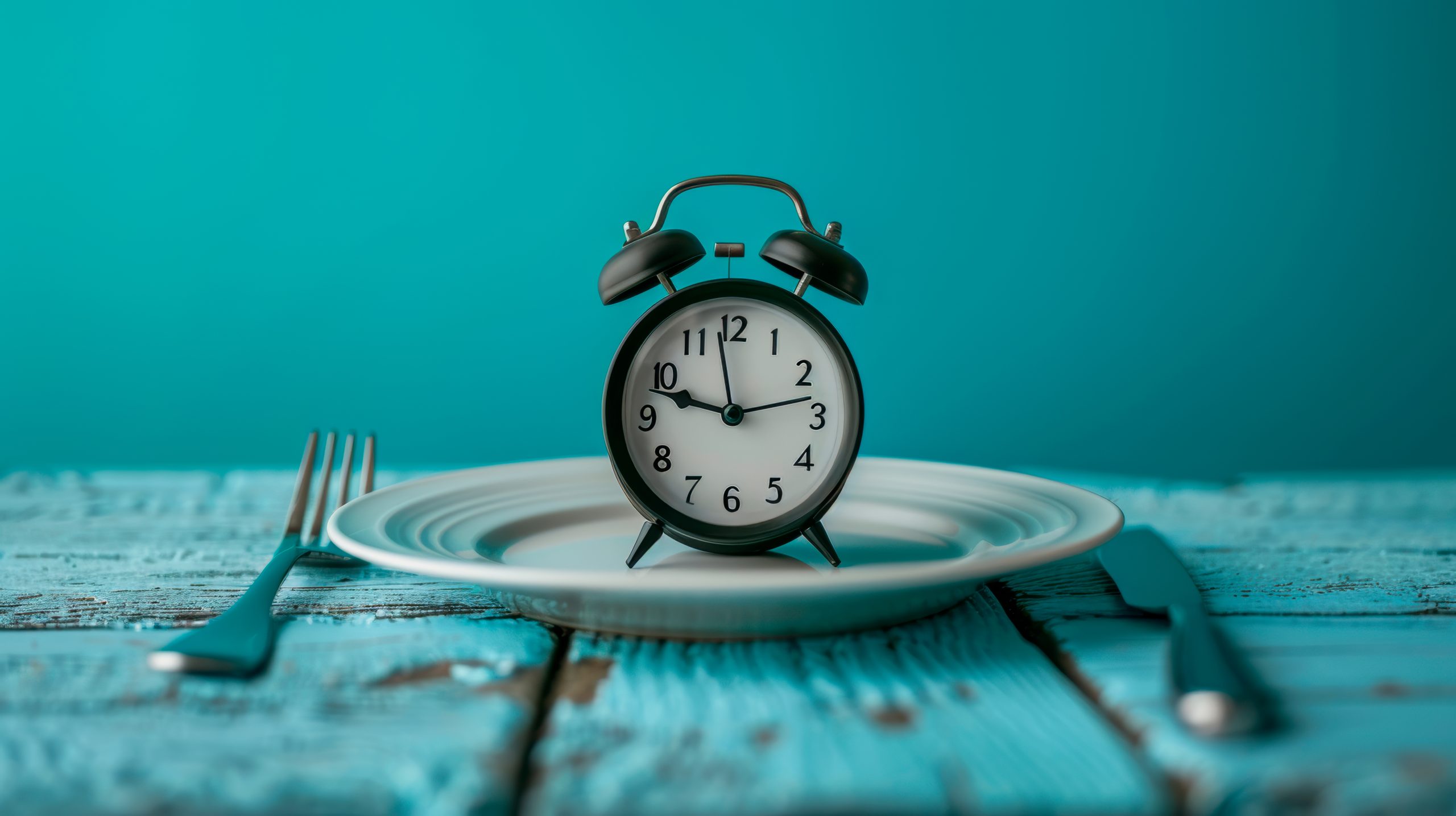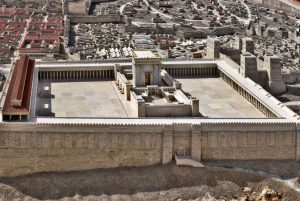What is Yom Kippur?
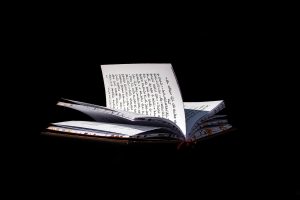 Yom Kippur – the Day of Atonement – falls on the tenth day of the Hebrew month of Tishrei. This was the day that Moses returned from Mount Sinai and found the Jews worshipping the Golden Calf. Moses pleaded with God to forgive the people, which He did, establishing this date as a day of forgiveness. The Torah officially instituted this holiday in Leviticus 16:30: “For on this day He will atone for you, to purify you. From all your sins you will be cleansed before God.”
Yom Kippur – the Day of Atonement – falls on the tenth day of the Hebrew month of Tishrei. This was the day that Moses returned from Mount Sinai and found the Jews worshipping the Golden Calf. Moses pleaded with God to forgive the people, which He did, establishing this date as a day of forgiveness. The Torah officially instituted this holiday in Leviticus 16:30: “For on this day He will atone for you, to purify you. From all your sins you will be cleansed before God.”
Yom Kippur is the climax of the Yamim Noraim, the Days of Awe, that started with Rosh Hashana. (It is said that God inscribes our fates for the year on Rosh Hashana and He seals them on Yom Kippur.) Yom Kippur is in many ways the holiest day of the year, when we have the potential to be closest to God. On this day, we fast, pray and engage in repentance, and God forgives our sins.
How was Yom Kippur observed in the Temple?
The Temple service for the Day of Atonement was unlike any other. The Kohein Gadol (High Priest) would change from his special golden garments into plain white garments to perform this service. He would offer incense in the Holy of Holies, which is where the Ark (as in “Raiders of the Lost…”) was located. (The only person allowed to enter the Holy of Holies was the Kohein Gadol, and he was only allowed to do so on Yom Kippur!) A special lottery was held to select between two goats, one of which was offered as a sacrifice to Hashem and the other of which was sent out to the wilderness, symbolically bearing the people’s sins. (It is from this service that we get the English term “scapegoat” for one who bears the blame.)
Interesting! So, how do we observe Yom Kippur?
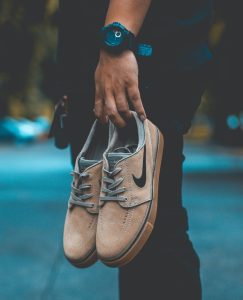 Leviticus 23:27 says that we are to “afflict” ourselves on Yom Kippur. This doesn’t mean that we should flagellate ourselves with leather straps or walk on hot coals. Rather, it refers to five specific prohibitions: we may not eat or drink, wash, anoint ourselves, wear leather shoes or engage in marital relations. This is all part of the atonement process.
Leviticus 23:27 says that we are to “afflict” ourselves on Yom Kippur. This doesn’t mean that we should flagellate ourselves with leather straps or walk on hot coals. Rather, it refers to five specific prohibitions: we may not eat or drink, wash, anoint ourselves, wear leather shoes or engage in marital relations. This is all part of the atonement process.
As with Shabbos, we do not perform acts of constructive labor on Yom Kippur. Like Shabbos (and unlike other holidays), this includes restrictions on cooking and carrying outside of an enclosure (an “eiruv”).
Most of the day is spent in shul (the synagogue). A normal weekday has three prayer services; Shabbos and other holidays have four. Yom Kippur has an unprecedented five prayer services! These include a number of special features unique to the day.
What’s so different about the day’s prayers?
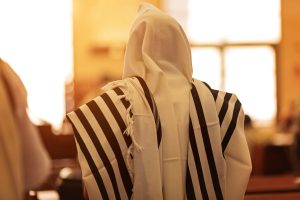 Remember that the Jewish day starts at sunset and ends the next day at nightfall. Accordingly, the first service of Yom Kippur is Maariv, recited in the evening as Yom Kippur begins. This service includes Kol Nidrei (“All Vows”), a special recitation in which we pre-annul any vows that we might make in the coming year. (Historically, antisemitic canards have used this declaration to suggest that Jews can’t be trusted. In reality, Kol Nidrei only applies to vows that a person might make to God concerning himself. Vows that one might make to another person remain in effect.)
Remember that the Jewish day starts at sunset and ends the next day at nightfall. Accordingly, the first service of Yom Kippur is Maariv, recited in the evening as Yom Kippur begins. This service includes Kol Nidrei (“All Vows”), a special recitation in which we pre-annul any vows that we might make in the coming year. (Historically, antisemitic canards have used this declaration to suggest that Jews can’t be trusted. In reality, Kol Nidrei only applies to vows that a person might make to God concerning himself. Vows that one might make to another person remain in effect.)
At Shacharis, the morning service, we recite Yizkor, the memorial service for departed relatives and martyrs. (Yizkor is recited on other holidays, but it started as part of the Yom Kippur service.)
Musaf, the additional prayer service, is the apex of the day’s prayers. This includes the re-creation of the Yom Kippur Temple service in microcosm. (Since we cannot currently perform the sacrificial offerings, we fulfill our obligation by reading about them.) We bow down on the ground in emulation of how our ancestors did so in the Temple.
At Mincha, the afternoon prayer service, we read the Book of Jonah, whose theme is repentance.
Neilah, the “closing of the gates” service, is unique to Yom Kippur. This special service is held at sunset, as Yom Kippur is drawing to a close. We use this opportunity to get our last few prayers in. At the end of Neilah, the shofar is blown, concluding Yom Kippur. (Rather than immediately running out to eat, we go straight to the Maariv service of the day after Yom Kippur. After the experience of Yom Kippur, we shouldn’t be so quick to bypass the spiritual in favor of the physical!)
All of the Yom Kippur services include special piyyutim (liturgical poems) and Vidui – the confession that serves as a central focus of the day’s prayers. Unlike most of the year, when the tallis is only worn for the morning service, the custom is to wear the tallis for all of the Yom Kippur prayers. A common practice is also to wear a white robe, called a kittel, to symbolize how we are without sin like angels on this day.
Why do we recite “Baruch Shem” out loud?
 Good question! Year-round, after reciting the verse of “Shema Yisroel” in the morning and evening services, we whisper the line Baruch shem k’vod malchuso l’olam vaed – “Blessed be the Name of His glorious majesty forever and ever.” The reason we recite it silently is based on the midrash in Devarim Rabbah (2:25). There we are told that when Moshe visited Heaven to receive the Torah, he heard the angels singing this praise. Upon his return, he taught it to the Jews. The practice became to say it quietly because it was appropriated from the angels. On Yom Kippur we recite aloud because, as mentioned, on that day we ourselves are considered like angels.
Good question! Year-round, after reciting the verse of “Shema Yisroel” in the morning and evening services, we whisper the line Baruch shem k’vod malchuso l’olam vaed – “Blessed be the Name of His glorious majesty forever and ever.” The reason we recite it silently is based on the midrash in Devarim Rabbah (2:25). There we are told that when Moshe visited Heaven to receive the Torah, he heard the angels singing this praise. Upon his return, he taught it to the Jews. The practice became to say it quietly because it was appropriated from the angels. On Yom Kippur we recite aloud because, as mentioned, on that day we ourselves are considered like angels.
How do we prepare for Yom Kippur?
 As noted, Yom Kippur is the last of the Aseres Y’mei Teshuvah – the Ten Days of Repentance that started with Rosh Hashana. So, by the time the holiday rolls around, hopefully we will have spent a week and change engaged in repentance, prayer and charity, as well as making amends with others whom we may have wronged. (There’s also a special pre-yom tov ceremony called Kapparos, in which we designate money for charity.) That’s how we prepare spiritually. (Some people traditionally use chickens for Kapparos, but the details are beyond our scope.)
As noted, Yom Kippur is the last of the Aseres Y’mei Teshuvah – the Ten Days of Repentance that started with Rosh Hashana. So, by the time the holiday rolls around, hopefully we will have spent a week and change engaged in repentance, prayer and charity, as well as making amends with others whom we may have wronged. (There’s also a special pre-yom tov ceremony called Kapparos, in which we designate money for charity.) That’s how we prepare spiritually. (Some people traditionally use chickens for Kapparos, but the details are beyond our scope.)
On a physical level… we bulk up in advance! The fast is 25 hours long, but factoring in travel time and services, it’ll probably be closer to 26 hours without food. Just as it’s a mitzvah to fast on Yom Kippur, it’s a mitzvah to eat the day before, so don’t be afraid to carbo-load! (It would also be advisable to hydrate in anticipation of the fast, as well as to wean oneself off of caffeine a few days in advance, in order to avoid a caffeine headache.)
Yeah, about the fast… How necessary is that?
 The fast is a very serious Biblical obligation, so pretty much all adults should try to fast, and older children should be trained to fast. But there are some exceptions. If a doctor is of the opinion that fasting might be dangerous for a sick person, then that person should eat and/or drink in small amounts as necessary. (If more is medically necessary, then the patient should do as his doctor advises.) If someone does need to eat, he would not recite Kiddush before doing so, but he would bentch (recite grace after meals), including the holiday insertion of yaaleh v’yavo.
The fast is a very serious Biblical obligation, so pretty much all adults should try to fast, and older children should be trained to fast. But there are some exceptions. If a doctor is of the opinion that fasting might be dangerous for a sick person, then that person should eat and/or drink in small amounts as necessary. (If more is medically necessary, then the patient should do as his doctor advises.) If someone does need to eat, he would not recite Kiddush before doing so, but he would bentch (recite grace after meals), including the holiday insertion of yaaleh v’yavo.
Since fasting is the mitzvah of Yom Kippur, if one has to choose between fasting and going to shul, it’s much more important that he fast and daven at home. If a person thinks he has extenuating circumstances that would require eating, he should contact his rabbi for guidance.
What do we do after Yom Kippur?
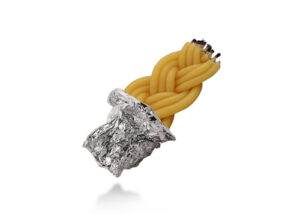 When the holiday ends, havdalah is recited over a cup of wine and a candle. The practice is to light the candle using a flame that was kindled before Yom Kippur. Spices are only used when the holiday falls on Shabbos.
When the holiday ends, havdalah is recited over a cup of wine and a candle. The practice is to light the candle using a flame that was kindled before Yom Kippur. Spices are only used when the holiday falls on Shabbos.
There is also a custom to begin building one’s succah immediately after Yom Kippur. (The holiday of Succos occurs five days later.) In this way, we go straight from Yom Kippur to the performance of other mitzvos.
And finally, of course, you should eat! (There’s no prescribed menu for the post-fast repast, but bagels and lox are a popular choice.)
May we all be inscribed and sealed for a year of health and blessing!
